Archives
- 2025-12
- 2025-11
- 2025-10
- 2025-09
- 2025-03
- 2025-02
- 2025-01
- 2024-12
- 2024-11
- 2024-10
- 2024-09
- 2024-08
- 2024-07
- 2024-06
- 2024-05
- 2024-04
- 2024-03
- 2024-02
- 2024-01
- 2023-12
- 2023-11
- 2023-10
- 2023-09
- 2023-08
- 2023-06
- 2023-05
- 2023-04
- 2023-03
- 2023-02
- 2023-01
- 2022-12
- 2022-11
- 2022-10
- 2022-09
- 2022-08
- 2022-07
- 2022-06
- 2022-05
- 2022-04
- 2022-03
- 2022-02
- 2022-01
- 2021-12
- 2021-11
- 2021-10
- 2021-09
- 2021-08
- 2021-07
- 2021-06
- 2021-05
- 2021-04
- 2021-03
- 2021-02
- 2021-01
- 2020-12
- 2020-11
- 2020-10
- 2020-09
- 2020-08
- 2020-07
- 2020-06
- 2020-05
- 2020-04
- 2020-03
- 2020-02
- 2020-01
- 2019-12
- 2019-11
- 2019-10
- 2019-09
- 2019-08
- 2019-07
- 2019-06
- 2019-05
- 2019-04
- 2018-07
-
The direction of research then turned to investigating
2025-02-17

The direction of research then turned to investigating the long-term effects of adiponectin on insulin resistance. Adiponectin transgenic mice showed a reduction in insulin resistance and diabetes [5,6], while adiponectin-deficient mice showed mild insulin resistance with glucose intolerance, as wel
-
We also demonstrate that PACAP treatment dose dependently
2025-02-17

We also demonstrate that PACAP treatment dose-dependently disrupts performance in the 5CSRTT, suggestive of attentional deficits, another core feature of mood and anxiety disorders. Treatment with PACAP (.5–1.0 µg) decreased the percentage of correct responses, increased the percentage of trials in
-
GMF was later localized to the cytosol of primary
2025-02-17
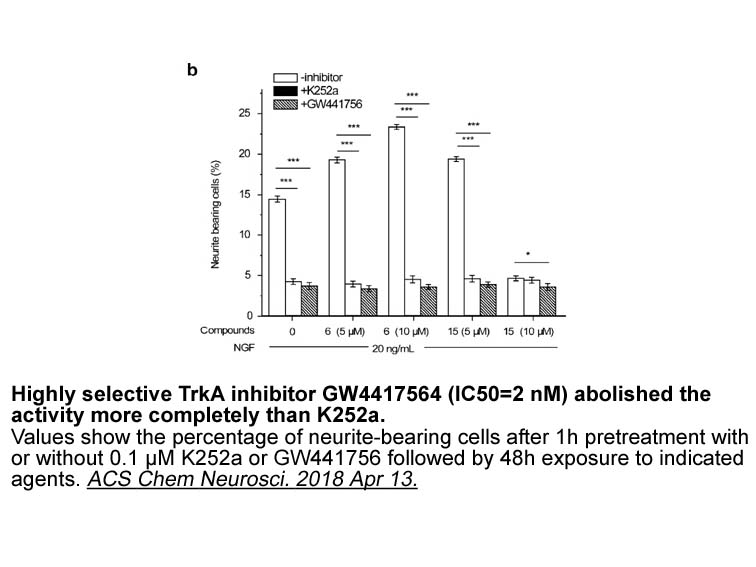
GMFβ was later localized to the cytosol of primary astrocytes and glioma cell lines [67], prompting investigations into its involvement in intracellular signaling. It was found that PKA phosphorylation of GMFβ inhibits the ERK1/2 branch of the MAP kinase pathway [73], yet activates the stress-respon
-
The hippocampus is the primary brain structure involved in l
2025-02-17

The hippocampus is the primary brain structure involved in learning and memory. The role of hippocampal synaptic plasticity in neurological processes in cognition and depression has been extensively demonstrated. Synaptophysin is a critical substance in synaptogenesis, which is necessary for learnin
-
Given these findings above we hypothesized that hypernocicep
2025-02-17
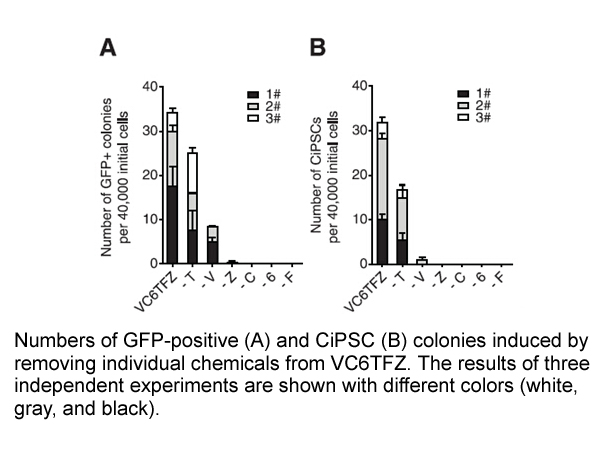
Given these findings above, we hypothesized that hypernociception produced by intra-amygdala 8-OH-DPAT is result of hyperpolarization in this area. This neuronal inhibition of the amygdaloid complex might result in an inactivation of crucial neurotransmitter systems of the descending inhibitory pain
-
GW 6471 MafB a member of the Maf protein family is essential
2025-02-17
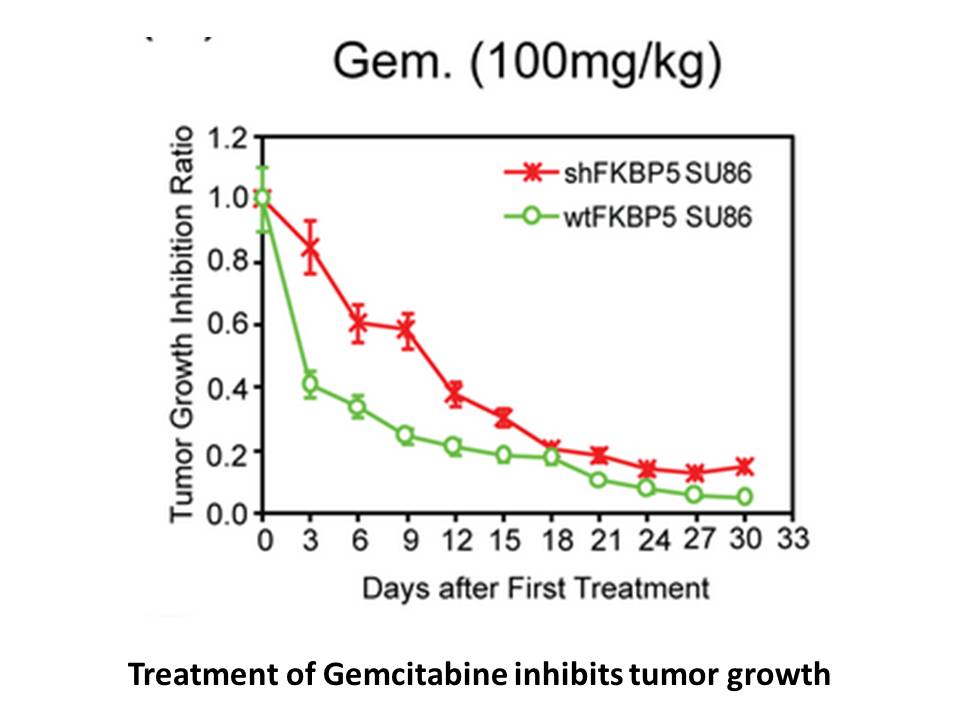
MafB, a member of the Maf protein family, is essential for terminal differentiation of macrophages (Kelly et al., 2000). The phagocytic activity of polystyrene beads was found to be enhanced in GW 6471 with exogenous expression of MafB (Tillmanns et al., 2007). However, in alveolar macrophages of d
-
The combination of Aurora kinase inhibitors with standard
2025-02-17

The combination of Aurora kinase inhibitors with standard chemotherapeutics or radiotherapeutics are currently in progress, such as AZD1152 plus radiotherapy in various solid cancer models. In addition, Azzariti et al. found that AZD1152-HQPA enhanced oxaliplatin and gemcitabine effectiveness in the
-
The protective role of HMW HA in inflammatory diseases and
2025-02-17

The protective role of HMW-HA in inflammatory diseases and pulmonary damage led us to investigate whether PM2.5-induced ALI could be attenuated by HMW-HA and the underlying mechanisms. In this study, we used a rat model to evaluate the effect of HMW-HA on pulmonary histology, lung inflammation, oxid
-
resveratrol para que sirve The previous reports studied only
2025-02-15
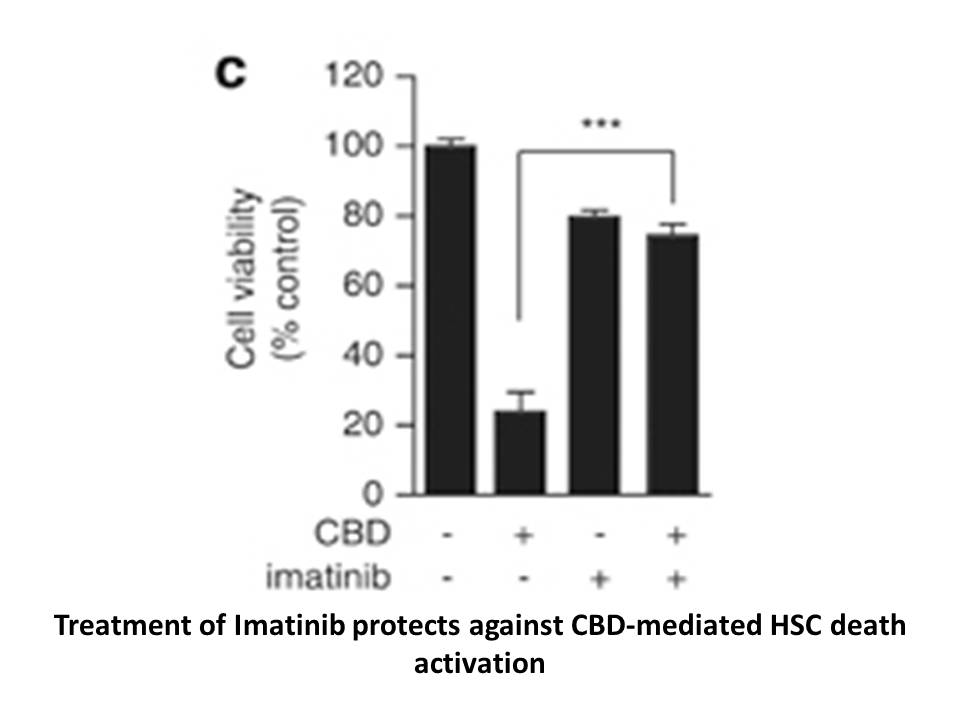
The previous reports studied only the apoptosis process in a single cell. In our case we generalized these models inspired by the results of Albeck et al. (2008) and Raychaudhuri et al. (2008), to study the apoptosis cell death after photodynamic therapy in those areas of the tumor that are not expo
-
As the experimental procedure used could
2025-02-15

As the experimental procedure used could reflect agonist-stimulation of both anterograde and retrograde APJ trafficking, as has been described for the δ-opioid peptide receptor (Zhang et al., 2006b, Zhang et al., 2006a), receptor internalization was more directly monitored by loading cell surface HA
-
5ht receptors Introduction According to Uganda s Ministry of
2025-02-15
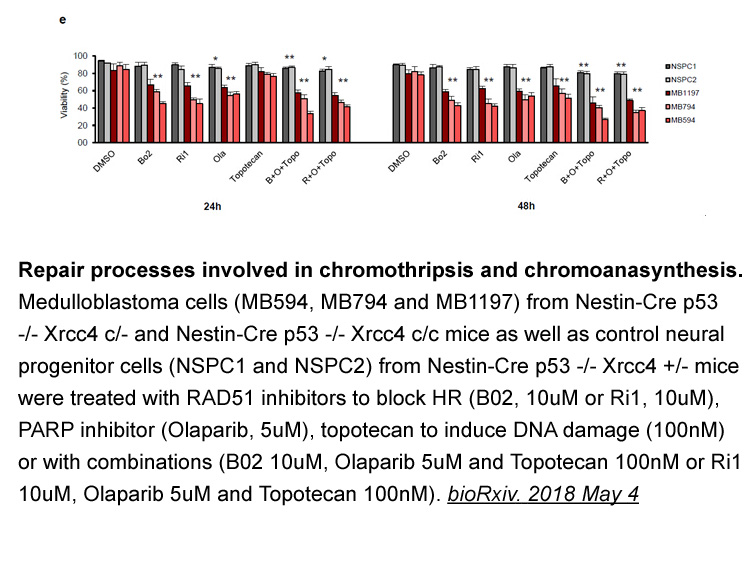
Introduction According to Uganda's Ministry of Health (MOH 2012a:91), intermittent preventive treatment (IPT) to avoid malaria during pregnancy is a free preventive service available to all pregnant women without clinical signs and symptoms of malaria, attending prenatal clinics. However, pregnant
-
br Acknowledgments br Introduction Alzheimer s disease AD is
2025-02-15

Acknowledgments Introduction Alzheimer's disease (AD) is a severe neurodegenerative disorder primarily affecting the elderly population. Senile plaques in the brain, one of the pathological hallmarks of AD, are formed by the accumulation of aggregated β-amyloid (Aβ) with an extensive β-sheet s
-
Recently Kamoshita et al evaluated a mouse
2025-02-15
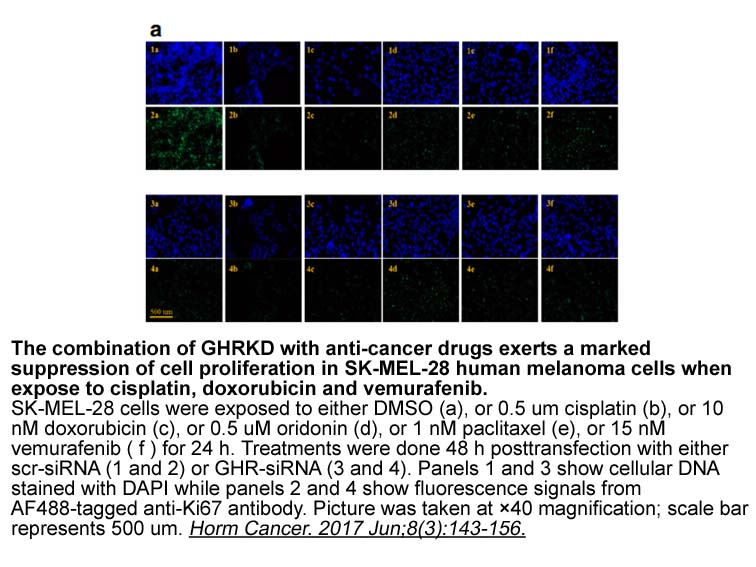
Recently, Kamoshita et al. (2016) evaluated a mouse model of retinal neuronal disturbance with the intraperitoneal injection of LPS and found that treatment with AICAR suppressed the reduction of conical function and decreased mRNA levels of TNF-α as well as improved mRNA levels of the mitochondrial
-
How do increased levels of ammonia as observed
2025-02-15

How do increased levels of ammonia as observed in clinical HE constrain synaptic plasticity? Numerous studies have investigated the modulation of signal transduction pathways activated in LTP or LTD irrespective of being necessary or sufficient for changes in synaptic efficacy (Wen et al., 2013). Ye
-
cki mg br Concluding Remarks and Future Perspectives br Disc
2025-02-15
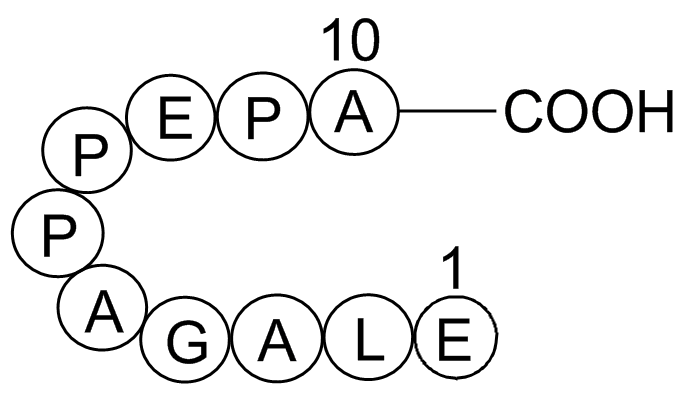
Concluding Remarks and Future Perspectives Disclaimer Statement Introduction Aldehyde dehydrogenase ALDHs (E.C. 1.2.1.3) are multigene family of NAD(P)+-dependents group of structurally and functionally related ubiquitously distributed enzymes involved in the specific and irreversible oxida
15489 records 14/1033 page Previous Next First page 上5页 1112131415 下5页 Last page